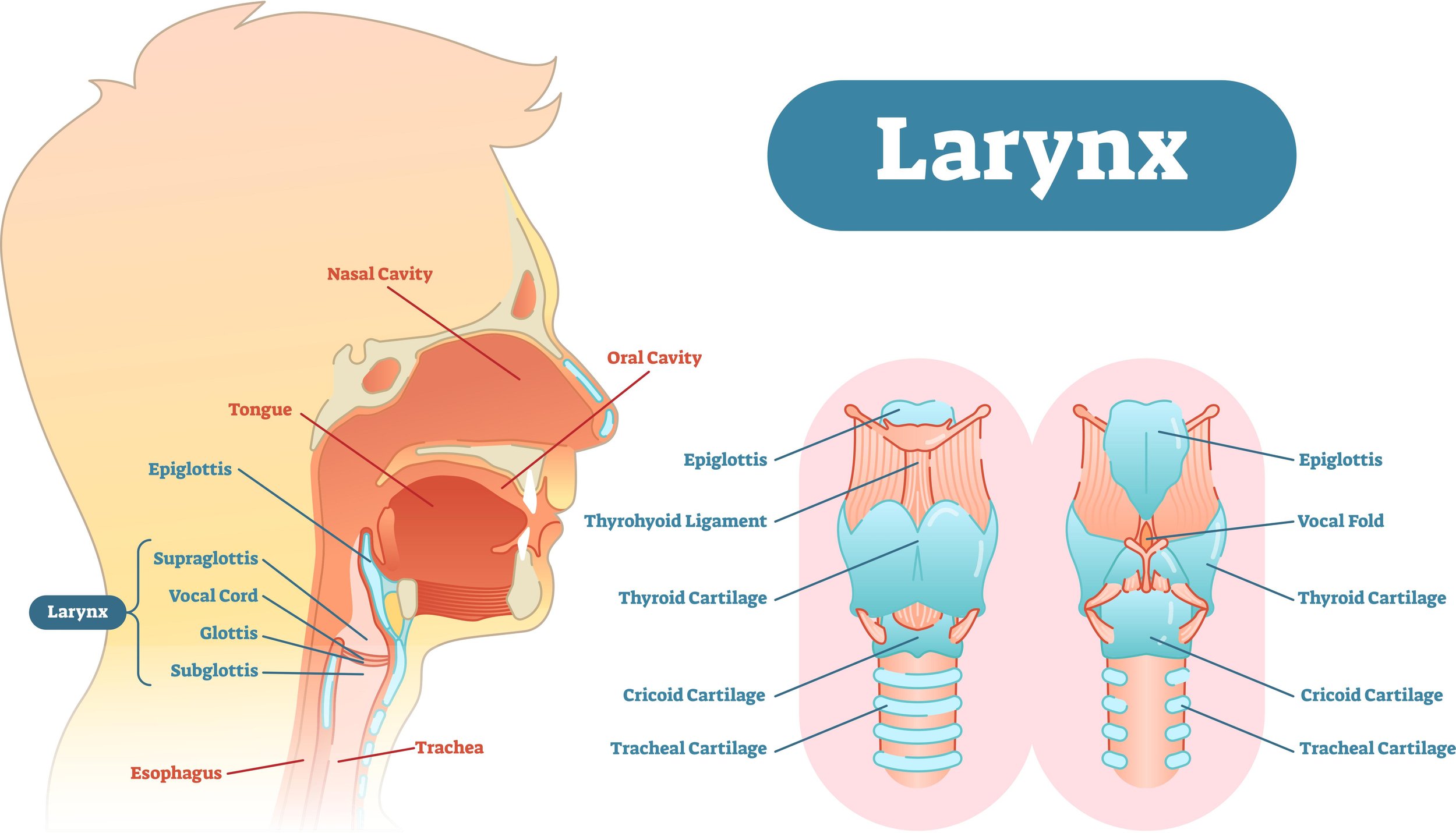How to Feminize Your Voice at Any Age: It's ever too late!
Are you worried that your window for vocal feminization has passed you by? Do you think of yourself as “too old” to work on vocal feminization?
You’re not alone in thinking this way - this is actually a common concern for many of my clients.
But luckily, my friend, it’s never too late to work on vocal feminization!
There are some things that change about the voice as we age, however, just like any other part of the body.
So below, I’m going to talk about 3 of the challenges you might face as an older person working on vocal feminization. I’ll also talk about how to best take care of your voice and work through those challenges as you find your feminine voice.
Let’s do this!
1. Hydration for Older Voices
For the vocal cords to vibrate efficiently, our bodies need to be systemically hydrated. When we are dehydrated, the vocal cords develop a thick mucus that makes the vocal cords more difficult to get going. By hydrating, we thin that mucus, making it easier to phonate.
As we age, our bodies produce less of this mucus, making it even more important that we hydrate.
As you work on vocal feminization as an older learner, make sure that you’re drinking 64 ounces of water each day.
Learn more about vocal health here.
2. Breath Support for Older Voices
Our voices are powered by the breath. It’s important that we are able to breathe deeply, and manage the air as it is released. This allows us to sustain our voices and gives us the ability to project when we need to.
Over the years, our muscles lose strength. That includes the muscles involved in breathing, like the intercostal muscles (in between the ribs), and the abdominal muscles.
In order to keep the muscles strong, it’s important to continue to engage them. As you work on vocal feminization as an older learner, make sure that you do cardiovascular and strength exercises. These exercises can increase your lung capacity, as well.
Try going for a walk every day and try some weight training videos on YouTube! I like Heather Robertson, Sydney Cummings Houdyshell, and Cheryl Coloumbe.
Keeping your whole body strong and healthy keeps the vocal mechanism healthy, as well.
3. Vocal Exercises for Older Voices
Vocal feminization involves exercises that can be taxing on the voice. It’s important, then, to work on the function of the voice. When the vocal cords aren’t functioning as easily as we want them to, it makes the process of vocal feminization more difficult.
As the voice gets older, it’s normal to have some atrophy of the vocal cords, less elasticity, or some vocal cord bowing. This is called presbylaryngis, or some structural change in the vocal cords.
This can result in a voice that is hoarse, fatigued, breathy, husky, less steady, or less able to get louder.
The more you can use your voice, the better. Here are a few ways you can strengthen your voice:
1. Semi-occluded vocal tract exercises, or SOVTEs
Try this straw warm up every day.
2. Singing
Try belting out a song or two! If you like singing in the shower, you’re in luck. The hot steam is great for your voice.
3. Take Lessons
Ready to finally make changes with your voice? Try a lesson!
Summary
So, if you think you’re “too old” to try vocal feminization lessons, you’re not! By taking good care of your voice, you’ll be able to healthily use your voice for a very long time.
Remember to hydrate, exercise and eat nutritious meals, do SOVTEs, belt out a tune, and take a few lessons!
I think you’ll surprise yourself… :)
























